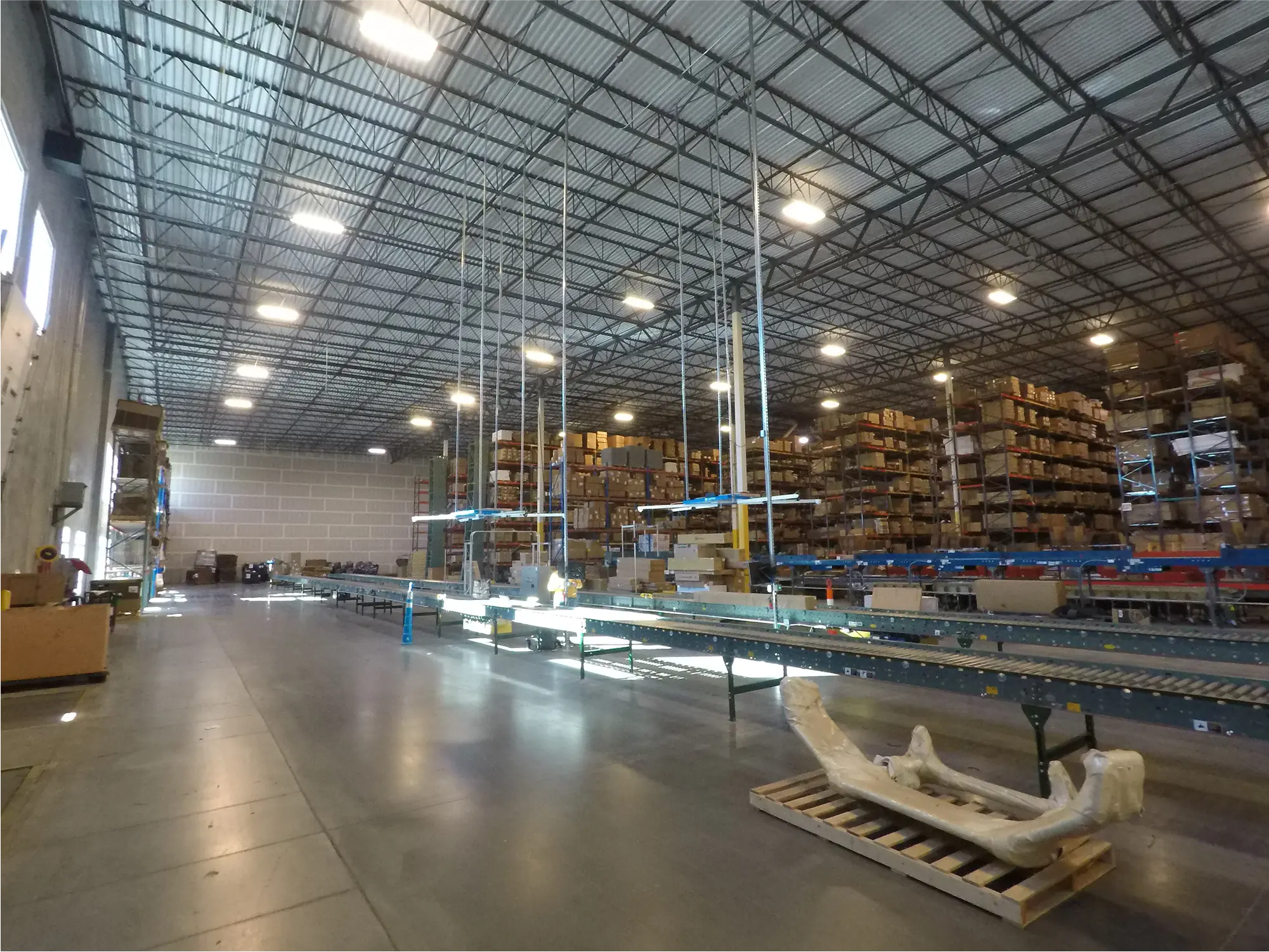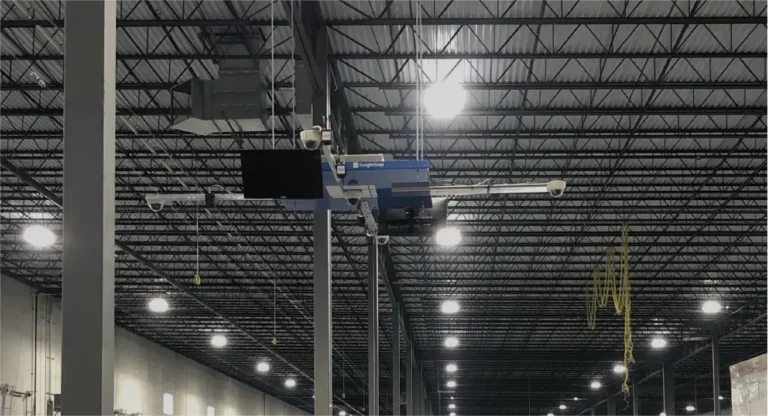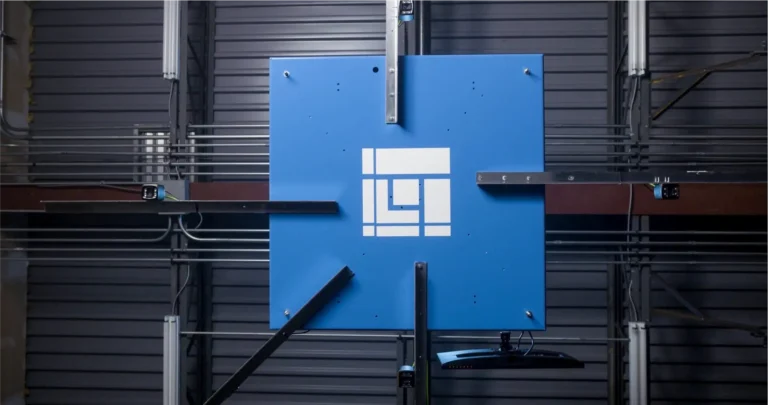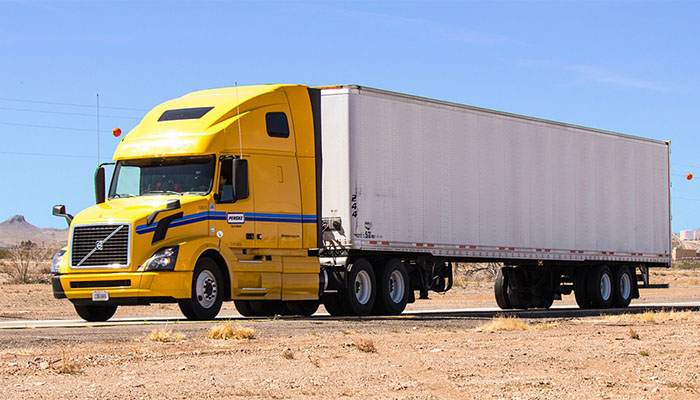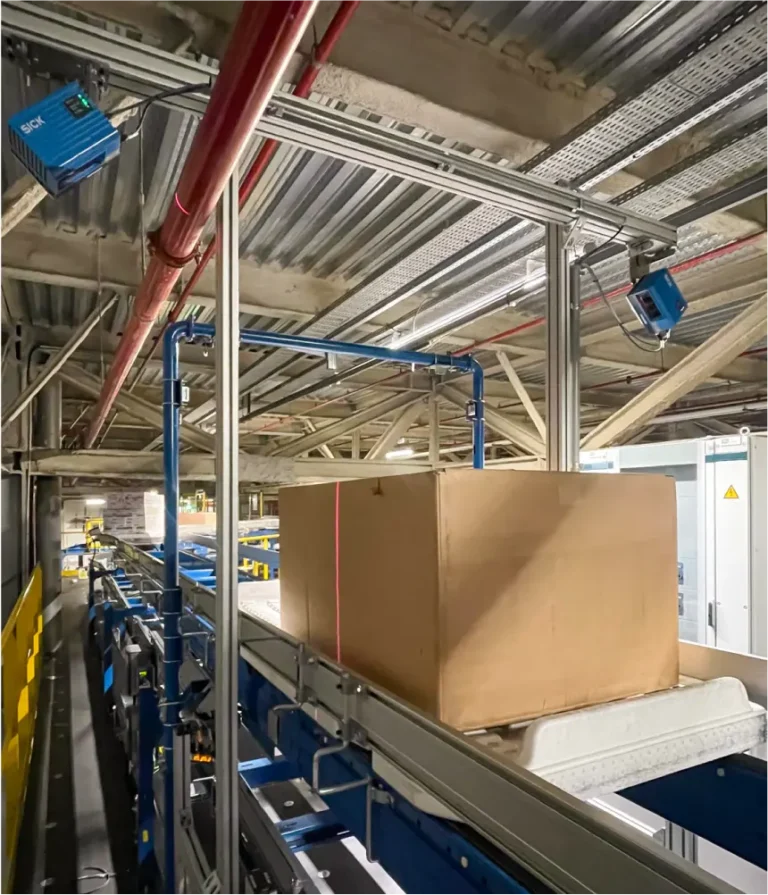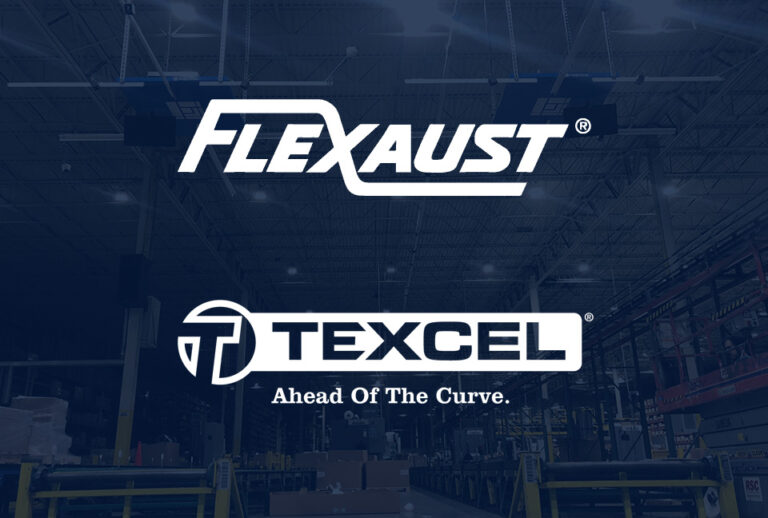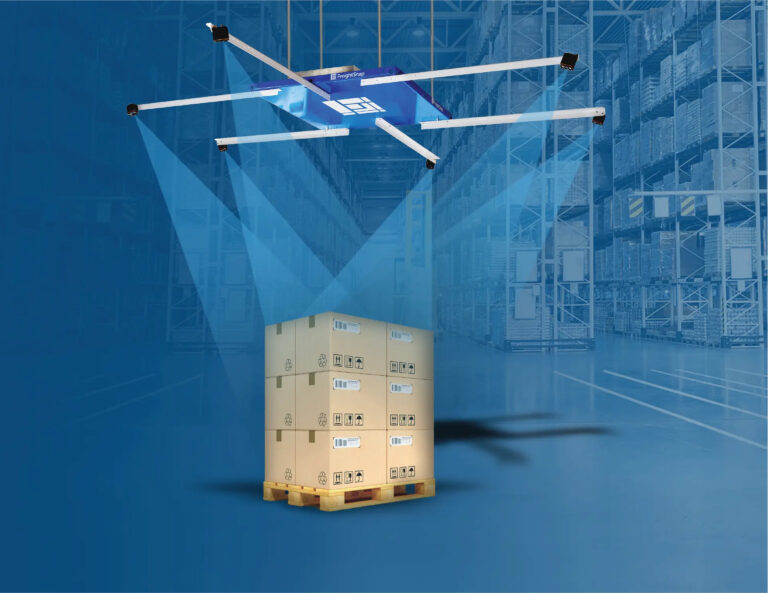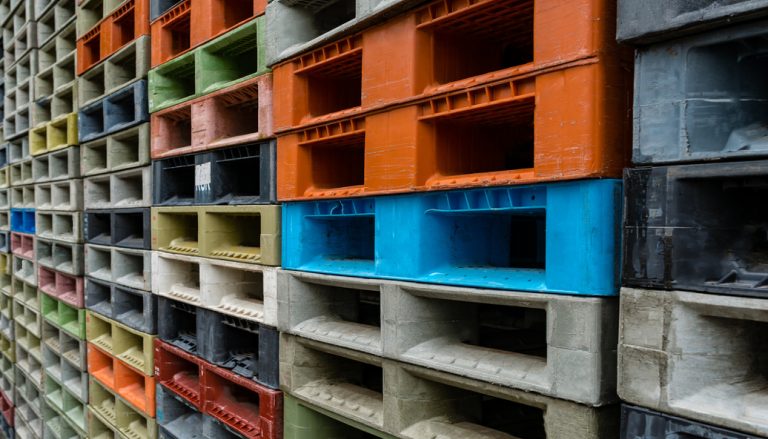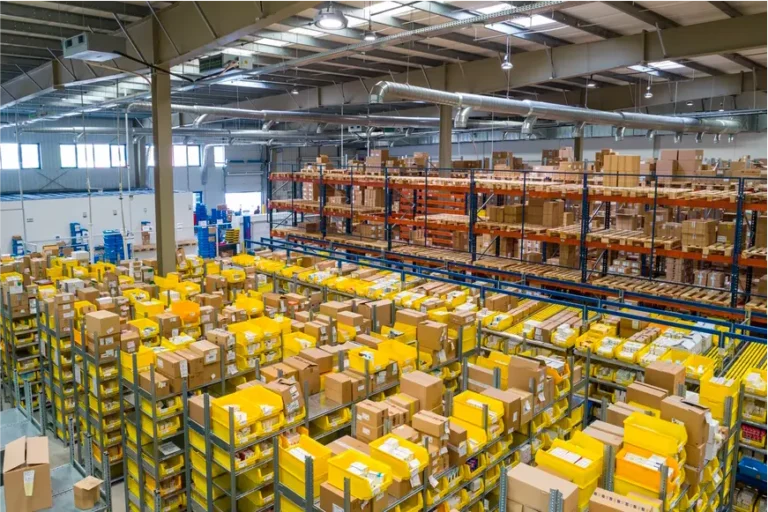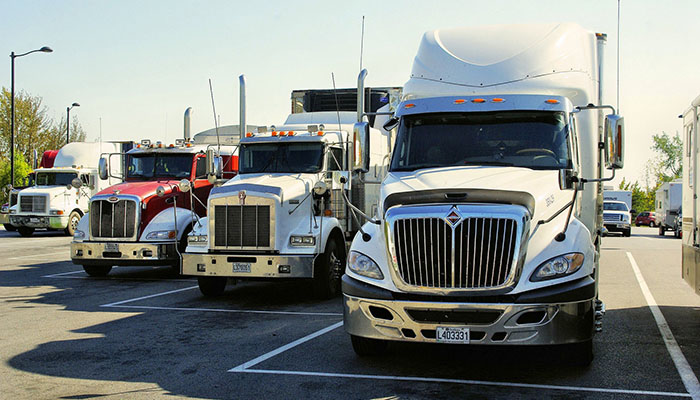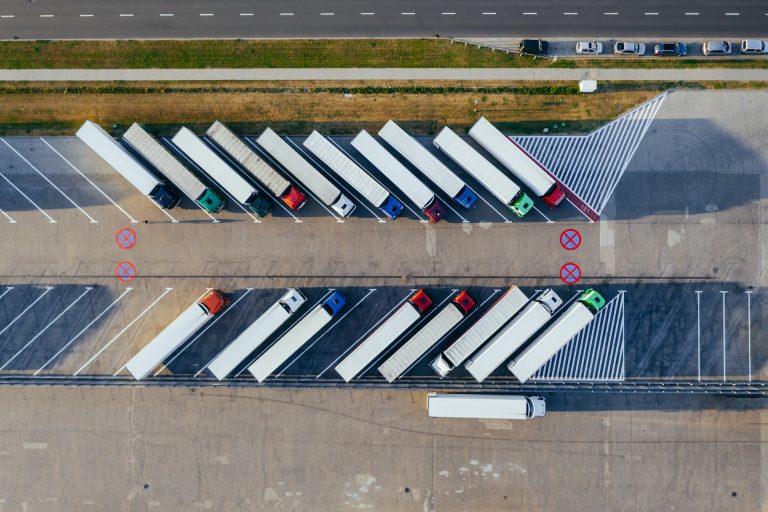We all know things were different before COVID-19. Our lives, our businesses, and even the economy were disrupted by the pandemic, and it made us adapt to what many call a “new reality”. This new reality means that globally, businesses need to navigate disruptions in the supply chain and labor shortages. The best way -and maybe the only way- to approach these issues is to start in-house, making sure our processes are as efficient as they can be. The supply of labor is at an all-time low and so it’s important now more than ever, for warehouses to automate their operations. But to understand how to do this, we first need to know what warehouse automation is and why it is important.
Put into simple words, warehouse automation means replacing repetitive human processes with mechanical or technology-driven applications. Automation generally translates to more efficiency, increased productivity, and lower operating costs. There are two main types of automation: digital and physical. Digital automation refers to the use of software and data to reduce manual workflows, and physical automation reduces human input. Nowadays almost every warehouse task can be automated, but we’re interested in tools that can help you automate storing, sorting, cataloging, and measurement of freight.
What is AS/RS
AS/RS stands for Automated storage and retrieval systems. This system is usually one of the first investments warehouses make when they are automating their processes. Using different components such as vehicles, cranes, vertical lift modules (VLMs), and carousels, this system can help move warehouse items until they reach their designated storage space. It essentially reduces manual work such as picking, sorting, and storing.
What is WMS
WMS stands for Warehouse Management System. WMS are software applications designed to manage day-to-day warehouse operations. With a WMS you can track, organize, monitor, and control your inventory. It can also optimize logistical processes, such as direct receiving, picking, packing, material handling equipment, shipping activities, and more.
What are DIMENSIONERS
Finally, dimensioners are one of the least known and yet arguably the most useful warehouse automation tool. Dimensioners are designed to measure the volume and dimensions of parcels, loose freight, and pallets, regardless of their shape. They can be used for several purposes such as calculating shipping rates, optimizing storage, fighting freight audits, and collecting damage claims. No one person measures the same and so dimensioners have become a necessary asset for successful warehouse automation.
Automated warehousing can benefit companies in many ways like increasing productivity, having a more efficient material flow, lowering building costs, saving space, reducing labor needs, creating safer operations, lowering operational costs, and an overall better ROI. Automation is the future of warehousing, and implementing the tools mentioned above is the perfect way to make sure your company doesn’t get left behind.

